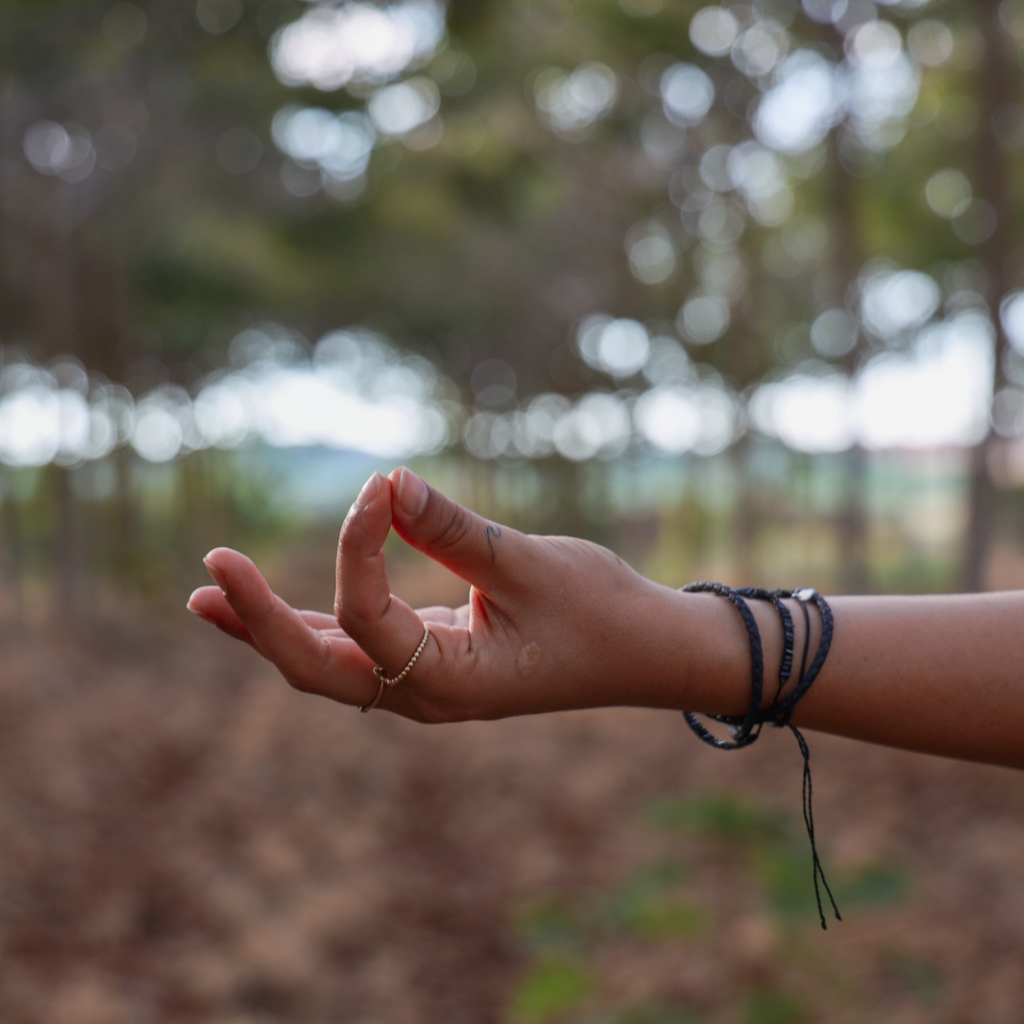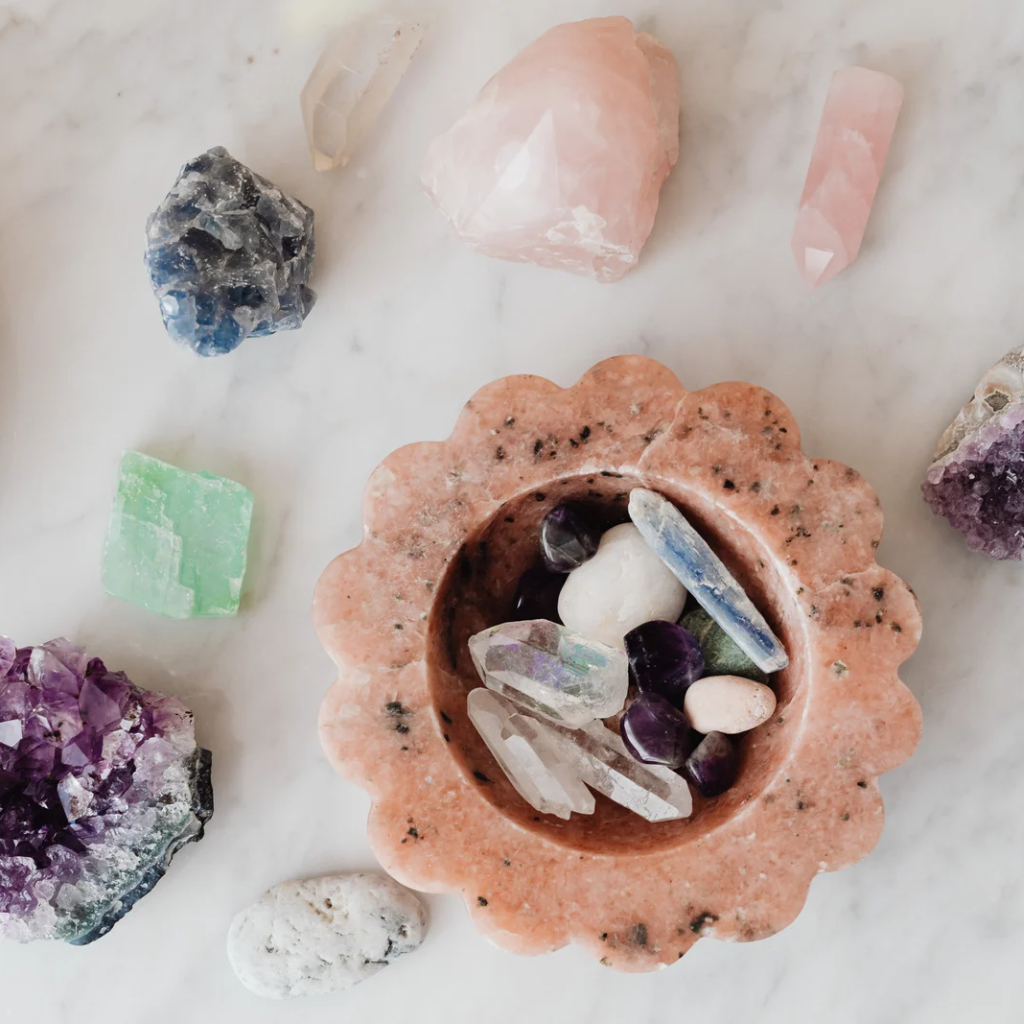Unleashing the Inner Power: A Journey Through the 7 Chakras in Yoga

In the realm of ancient yogic philosophy, the concept of chakras has been revered for centuries. These subtle energy centers, known as chakras, are believed to be essential for maintaining balance and harmony within the mind, body, and spirit. By incorporating the wisdom of chakras into our yoga practice, we can deepen our understanding of ourselves and unlock the transformative power within. In this blog, we will explore what chakras are, their significance in yoga classes, the meanings of each chakra, and corresponding yoga poses to awaken and balance these energies.
What are Chakras?
Chakras, derived from the Sanskrit word for "wheel" or "disk," are energy centers that reside along the spine, from the base to the crown of the head. Each chakra is associated with a specific area of our physical, emotional, and spiritual selves, and they are believed to be interconnected, forming a vital energy network within us. When these chakras are balanced and unblocked, the energy, or "prana," flows freely, resulting in enhanced well-being and a harmonious state of being.
Using Chakras in Yoga Classes:
Incorporating chakras into yoga classes can deepen the practice, offering practitioners a holistic approach to self-discovery and healing. By focusing on specific chakras during various yoga sequences, participants can learn to recognize and release blockages, leading to a more profound connection with their inner selves and the world around them.
Now, let's explore the seven main chakras, their meanings, and corresponding yoga poses to awaken and balance each energy center:

Root Chakra (Muladhara)
The root chakra is located at the base of the spine and is associated with feelings of safety and security. When the root chakra is balanced, we feel grounded and secure in our bodies. To balance the root chakra, try the following yoga poses:
Mountain Pose (Tadasana): Stand with your feet hip-width apart and root down through your feet. Imagine a cord connecting you to the ground, grounding you like a tree.
Garland Pose (Malasana): Squat down with your feet close together and your heels on the ground. Keep your hands in prayer position at your heart center.
Benefits: These poses help to improve posture, relieve tension in the lower back, and increase overall stability.

Sacral Chakra (Svadhisthana)
The sacral chakra is located just below the navel and is associated with creativity, pleasure, and sexuality. When this chakra is balanced, we feel emotionally stable and creative. To balance the sacral chakra, try the following yoga poses:
Cobra Pose (Bhujangasana): Lie on your stomach and place your hands flat on the ground under your shoulders. Press down into your hands and lift your chest and head off the ground.
Pigeon Pose (Eka Pada Rajakapotasana): Start in a lunge position with your right leg forward. Bring your right knee towards your right wrist and extend your left leg behind you. Fold forward over your right leg.
Benefits: These poses help to open up the hips and increase flexibility in the lower back. They can also help to increase circulation to the pelvic area.

Solar Plexus Chakra (Manipura)
The solar plexus chakra is located just above the navel and is associated with our sense of personal power and self-esteem. When this chakra is balanced, we feel confident and in control of our lives. To balance the solar plexus chakra, try the following yoga poses:
Boat Pose (Navasana): Sit on the ground with your knees bent and your feet on the floor. Lift your feet off the ground and balance on your sit bones. Extend your arms straight in front of you.
Warrior III (Virabhadrasana III): Start in Mountain Pose. Shift your weight onto your right foot and lift your left leg behind you. Extend your arms forward.
Benefits: These poses help to strengthen the core muscles, improve digestion, and increase overall energy levels.

Heart Chakra (Anahata)
The heart chakra is located in the center of the chest and is associated with love, compassion, and forgiveness. When this chakra is balanced, we feel connected to others and open to receiving and giving love. To balance the heart chakra, try the following yoga poses:
Bridge Pose (Setu Bandhasana): Lie on your back with your knees bent and your feet on the ground. Lift your hips up towards the ceiling.
Camel Pose (Ustrasana): Kneel on the ground with your knees hip-width apart. Place your hands on your lower back and lift your chest up towards the ceiling.
Benefits: These poses help to open up the chest and shoulders, improve posture, and increase blood flow to the heart and lungs. They can also help to relieve stress and anxiety.

Throat Chakra (Vishuddha)
The throat chakra is located in the throat and is associated with communication, self-expression, and creativity. When this chakra is balanced, we feel confident in expressing ourselves and speaking our truth. To balance the throat chakra, try the following yoga poses:
Fish Pose (Matsyasana): Lie on your back with your legs extended. Lift your chest up towards the ceiling and rest the top of your head on the ground.
Shoulder Stand (Sarvangasana): Lie on your back and lift your legs up towards the ceiling. Support your lower back with your hands and lift your hips off the ground.
Benefits: These poses help to open up the throat and neck, improve communication and self-expression, and increase circulation to the head and neck.

Third Eye Chakra (Ajna)
The third eye chakra is located in the center of the forehead and is associated with intuition and spiritual awareness. When this chakra is balanced, we feel connected to our intuition and our higher self. To balance the third eye chakra, try the following yoga poses:
Child's Pose (Balasana): Sit on your heels and fold forward, resting your forehead on the ground. Extend your arms out in front of you.
Downward Facing Dog (Adho Mukha Svanasana): Start on your hands and knees. Lift your hips up towards the ceiling, straightening your arms and legs.
Benefits: These poses help to calm the mind, improve focus and concentration, and increase awareness of the present moment.

Crown Chakra (Sahasrara)
The crown chakra is located at the top of the head and is associated with spiritual connection and enlightenment. When this chakra is balanced, we feel a deep sense of connection to the universe and our higher purpose. To balance the crown chakra, try the following yoga poses:
Headstand (Sirsasana): Start on your hands and knees. Interlace your fingers and place the crown of your head on the ground. Lift your legs up towards the ceiling.
Tree Pose (Vrksasana): Stand on one foot and place the sole of your other foot on your inner thigh. Bring your hands to your heart center.
Benefits: These poses help to improve balance, increase mental clarity, and open up the crown chakra to spiritual awareness.
Integrating the wisdom of chakras into yoga classes can bring a profound sense of balance and self-awareness. By focusing on each chakra's unique qualities, practitioners can tap into their inner potential and embark on a transformative journey towards physical, emotional, and spiritual well-being. As you step onto your yoga mat, remember that the path to unlocking the energy within is a lifelong journey—one that promises healing, growth, and a profound connection to the universe and oneself. So, breathe deeply, trust the process, and let the journey of the chakras guide you towards inner harmony and self-discovery.


Leave a comment